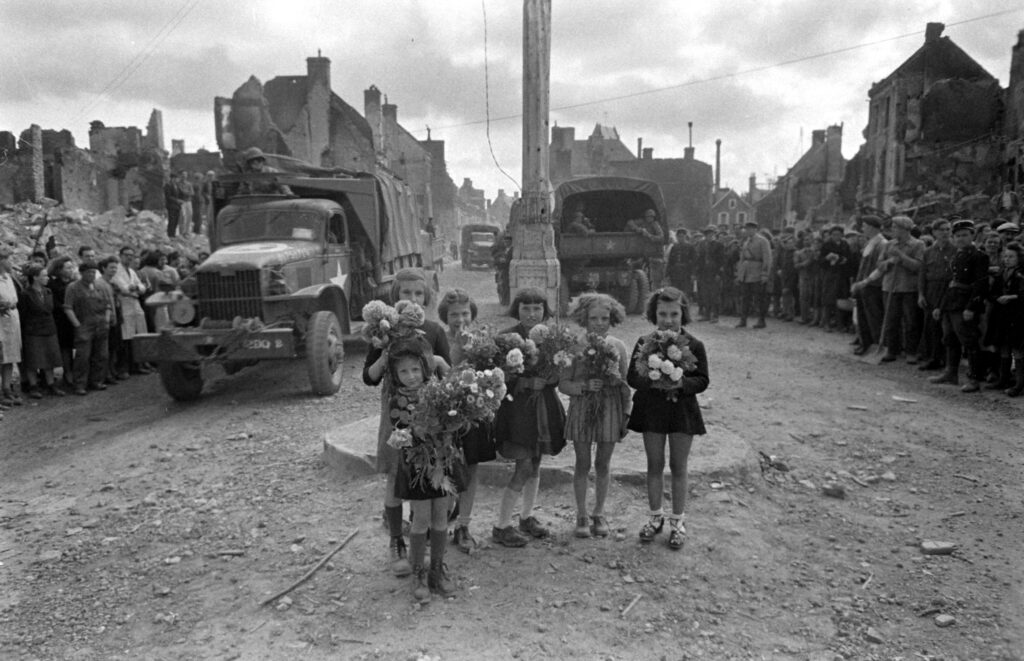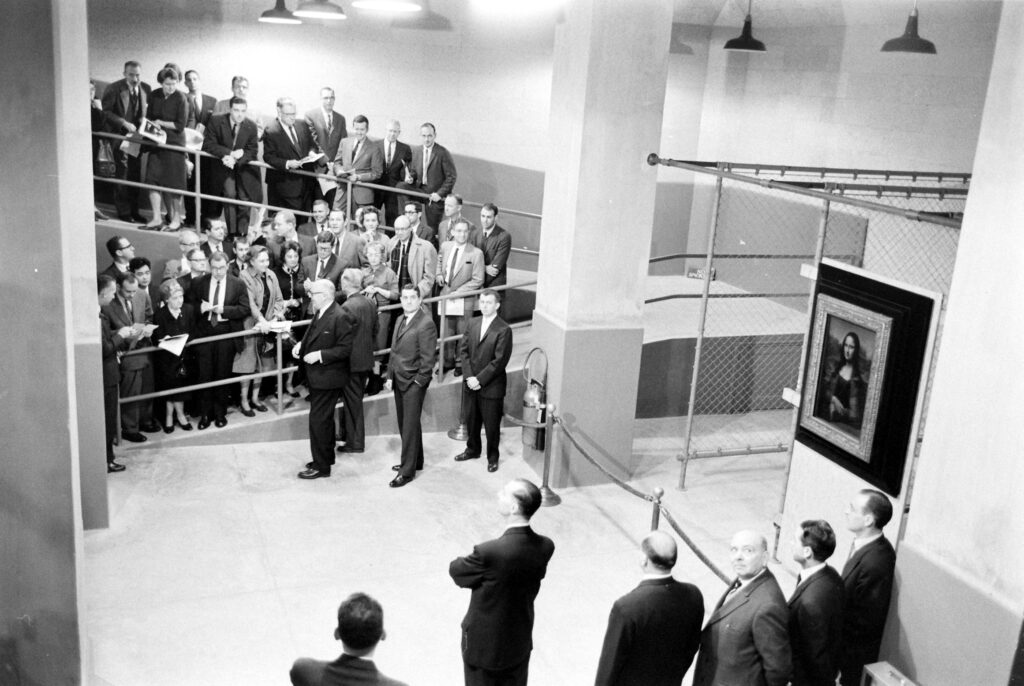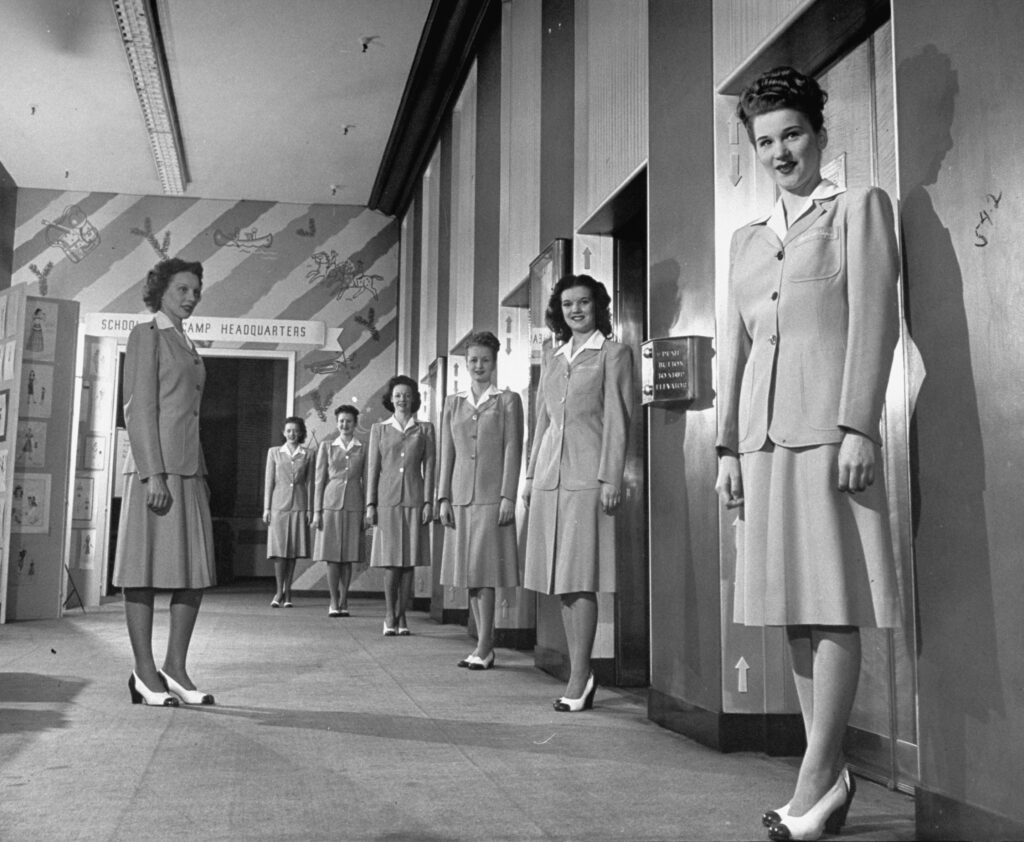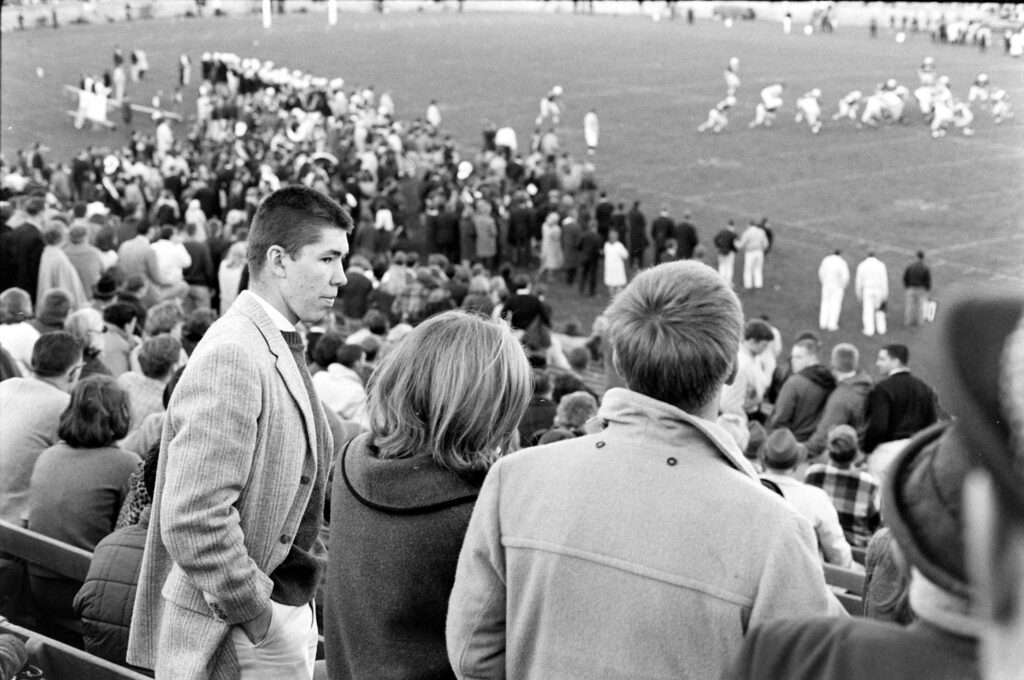Each and every time a new James Bond movie comes to the big screen, media everywhere take a loving look back at the franchise, including the stock figure of the Bond Girl.
The voluptuous Swiss actress Ursula Andress is invariably cited as the “first Bond Girl,” and her initial appearance in Dr. No (1962) walking out of the sea in a white bikini is rightly touted as one of the most eye-popping entrances in movie history.
It’s worth pointing out, however, that while Andress was the first big-screen Bond Girl, another actress largely forgotten today but well-known in the 1940s and ’50s can lay claim to truly originating the onscreen Bond Girl persona.
Discovered in her native Mexico by the film star Errol Flynn, who reportedly became her lover and convinced her to move to Hollywood when she was barely out of high school, Linda Christian starred as “Valerie Mathis” in a TV adaptation of Ian Fleming’s first Bond novel, Casino Royale, in 1954—almost a full decade before Andress starred as Honey Ryder in Dr. No.
In that 1954 Royale, none other than Peter Lorre played Le Chiffre, while Bond (called “Jimmy” Bond throughout!) was played by the likable and, it must be said, not-very-debonair American actor, Barry Nelson.
Linda Christian’s life and career before landing the Mathis role was fairly dramatic in its own right. She was married to the movie star Tyrone Power for seven years, from 1949 to 1956, which in and of itself made her something of a household name. Her first significant national exposure, meanwhile, came in the pages of none other than LIFE magazine in 1945.
The Sept. 3, 1945, issue of LIFE introduced Linda Christian to its millions of readers this way:
Almost before the ink was dry on headlines announcing the crash of the first atomic bomb, Hollywood had turned the event to good publicity. At the Metro-Goldwyn-Mayer studio Miss Linda Christians, a hitherto obscure starlet, was solemnly proclaimed the Anatomic Bomb. Half-Mexican, half-Dutch, Linda was born in Tampico, Mexico, thinks it was 22 years ago. Her real name is Blanca Rose Welter. Her father, an oil executive, traveled widely, taking his family with him. They were in Palestine in 1941 during a bomb scare. Linda was evacuated to Mexico with a bad case of malaria, recovered, went to Hollywood to join her brother, got a job modeling hats, was seen and singed by M-G-M. So far she has been in no pictures, the publicity role of the Anatomic Bomb being her first important assignment. With long residence in Holland, Italy, France and Switzerland, Linda thinks Hollywood is wonderful.
A few things to note about that little write-up: first, LIFE called her Linda “Christians,” instead of “Christian.” Second, her given name was Blanca Rosa, not Rose, Welter. Third, Christian actually had appeared in a few “pictures” by the time she graced the pages of LIFE albeit she went uncredited in her first four movies.
Christian’s marriage to Power was a match made in gossip-page heaven. She was 26 when they wed; he was 35. Before then she was best-known for her supporting role in the 1948 , Tarzan and the Mermaids. He was a bone fide movie star and leading man, a huge box office draw, a decorated WWII veteran and one of the few matinee idols of the ’30s and ’40s who constantly sought meatier, grittier film roles than the standard “pretty boy” are he was used to, while also spending significant time away from Hollywood to appear on the stage in London and on Broadway. He and Christian had two children together before their divorce in 1956. Tyrone Power died of a heart attack in 1958 when he was just 44 years old.
Linda Christian continued to act, although somewhat irregularly and more often than not in (terribly received) foreign films, well into the 1980s. She was married once more, to another actor, for a year in the early 1960s, and died in 2011 in Palm Desert, Calif., at the age of 87.
Liz Ronk edited this gallery for LIFE.com. Follow her on Twitter at @LizabethRonk.

Linda Christian, 1945
Bob Landry The LIFE Picture Collection/Shutterstock

Linda Christian, 1945
Bob Landry The LIFE Picture Collection/Shutterstock

Linda Christian, 1945
Bob Landry The LIFE Picture Collection/Shutterstock

Linda Christian, 1945.
Bob Landry The LIFE Picture Collection/Shutterstock

Linda Christian, 1945.
Bob Landry The LIFE Picture Collection/Shutterstock

Linda Christian, 1945.
Bob Landry The LIFE Picture Collection/Shutterstock

Linda Christian, 1945.
Bob Landry The LIFE Picture Collection/Shutterstock

Linda Christian, 1945.
Bob Landry The LIFE Picture Collection/Shutterstock

Linda Christian, 1945.
Bob Landry The LIFE Picture Collection/Shutterstock

Linda Christian, 1945.
Bob Landry The LIFE Picture Collection/Shutterstock

Linda Christian, 1945.
Bob Landry The LIFE Picture Collection/Shutterstock



























































































